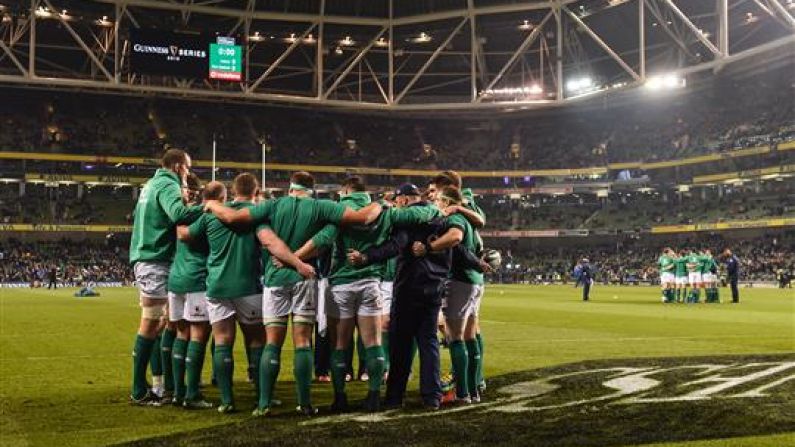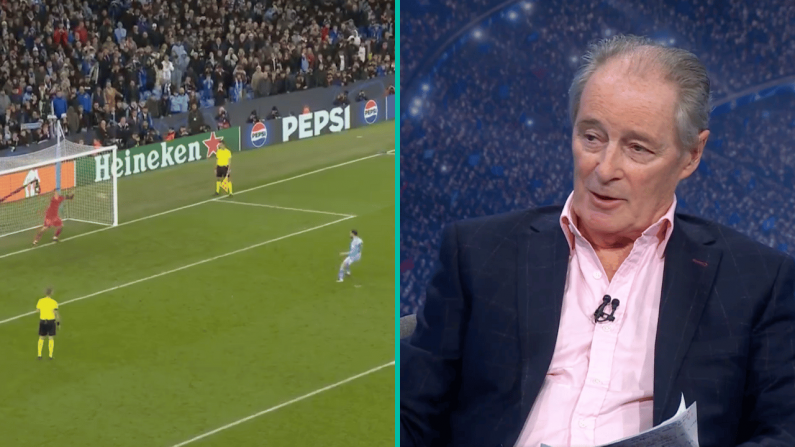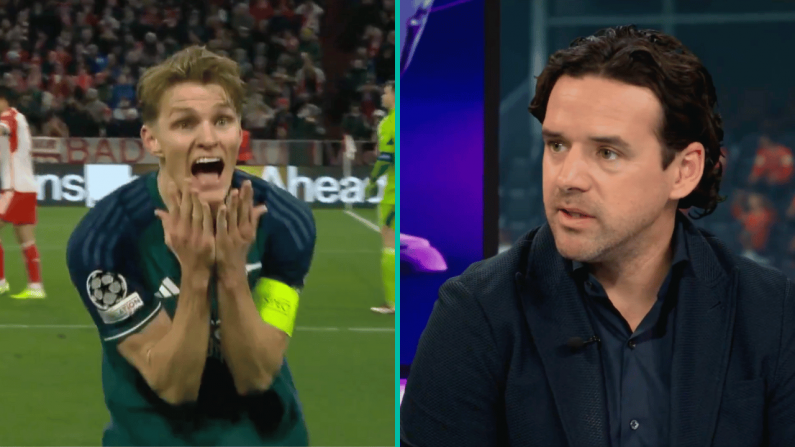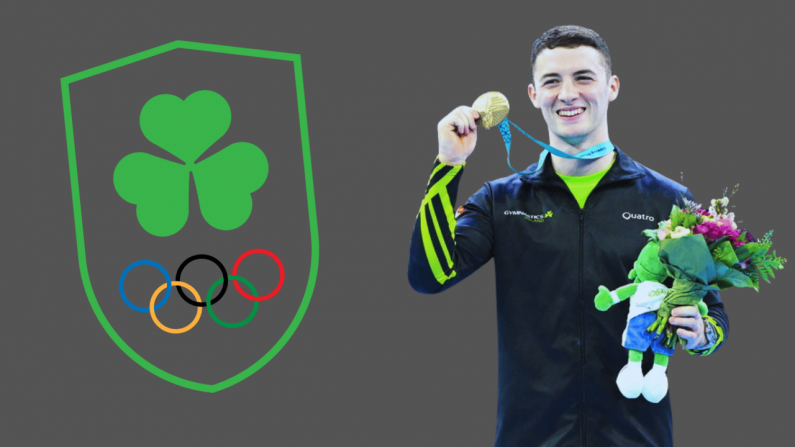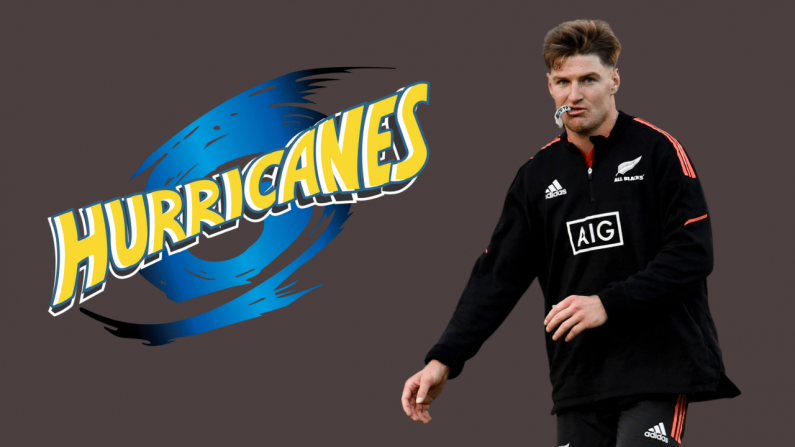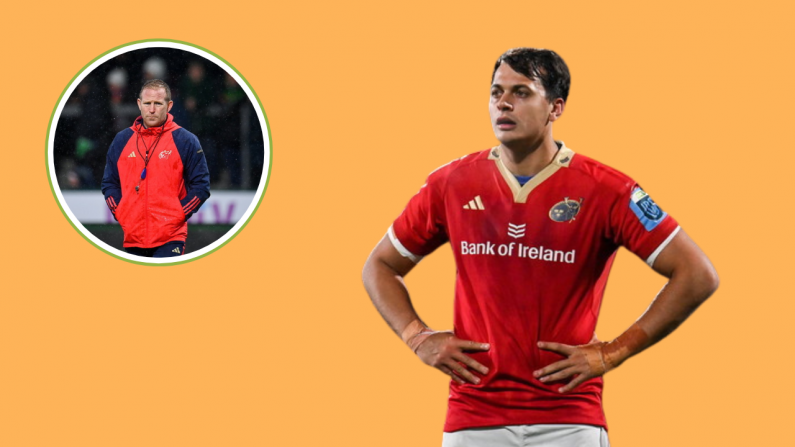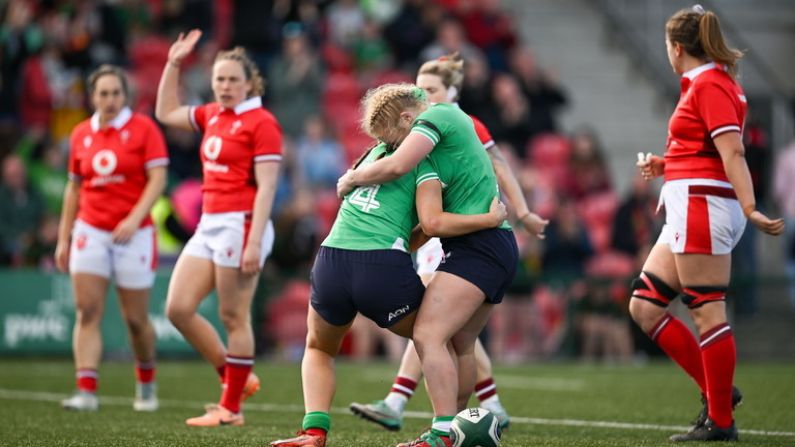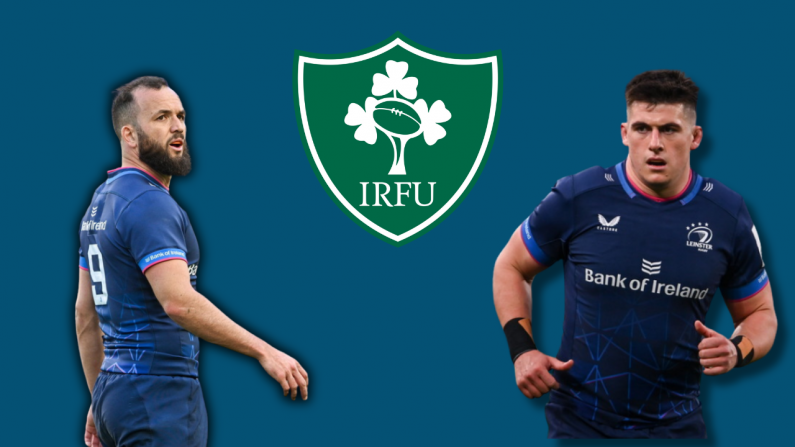After 48 hours of moaning about whether or not New Zealand should have had two red cards for Sam Cane and also Malakai Fekitoa it is definitely time to put to bed that debate. In the view of many it was two reds; in the views of many others it was two yellows.
The truth of the matter is that red cards or not, Ireland failed to deliver a game plan of enough attacking incision to cut New Zealand open. It’s harsh but it’s certainly true. They had more than enough possession to do so and simply didn’t. BBC Sport’s Jeremy Guscott put it very well in saying “on Saturday Ireland couldn't beat a side who were playing with 14 men for 20 minutes. You have to say they should have won the game.”
We spoke to Bayonne outhalf Blair Stewart - a Kiwi - yesterday about the potential reds and his view was that they were yellows at most. Most Irish supporters would likely say the same if the shoe was on the other foot.
Murray Kinsella, writing for The42 also put Ireland’s attack time into context by highlighting that in Chicago Ireland had 18:03 minutes on the ball and scored five tries, but had 23:47 on the ball in Dublin and came away with no fiver-pointers. Ireland, in truth, were profligate in the All Blacks’ 22.
Attack is the key thing Ireland must improve
To put it in the most basic of terms: Ireland must use possession better in the red zone, or opposition 22. When Conor Murray kicked away Ireland’s first meaningful possession in the opening minutes of Test II it set a tone that indicated Ireland were not ready to play ball in the same manner as they had in Chicago. This was corroborated by the decision to go for three points when Aaron Smith had been sent to the sin bin. There was an element of a lack of confidence from Ireland on Saturday, which is baffling given how competent they had been at Soldier Field exactly two weeks earlier.
Three key moments
Despite these negatives, Ireland still managed to create three clear try-scoring opportunities at the Aviva. Two fell for Sean O’Brien, who along with Jamie Heaslip, was Ireland’s best performer over the 80 minutes.
The first half saw him take an offload from Jamie Heaslip in the 22, with the tryline at his mercy. In a foot race between himself and Beauden Barrett - the World Player of the Year – the latter hunted down the loosehead and wrapped him up with a stunning cover tackle in which he managed to get an arm under the ball from left to right, which prevented the Ireland forward from grounding. In an almost identical attempt at a cover tackle by Johnny Sexton on Barrett for the All Blacks second try, Sexton ever so narrowly failed to stop the grounding. Game-changing moment one.
The second try-scoring chance for Ireland came again for O’Brien. A quick ball off the top of a lineout was popped to O’Brien on the charge and in his haste to charge into a gap the size of the Red Sea ahead of him in the All Blacks defence, he knocked-on quite dramatically with the ball then hitting his foot and flying into the in-goal area. Game-changing moment two.
The third was from Simon Zebo’s grubber kick to the corner where Israel Dagg failed to deal with it as he got himself tangled up and spewed the ball for Rob Kearney to collect. Kearney had two options at this juncture. He could either spin back infield towards support – the correct thing to do. Or spin away on his own solo run towards the corner – the wrong thing to do. He did the latter and by the time he realised the error of his ways the opportunity had gone and he was tackled in possession. If he had spun infield Donnacha Ryan was waiting for the offload and nobody would have stopped the Munster lock from that distance. Game-changing moment number three.
In that moment the chance went. New Zealand turned it over and broke clear. Ireland won a penalty at the breakdown two phases later, and kicked the goal, but seven points or five was the return they really needed at that juncture.
CJ Stander was also held up has he went towards the line in the first half, and Josh van der Flier made 51m with ball-in-hand, the joint-second most of any player in the 46 at the Aviva.
Fine margins often come into it during a game like this and those three were the ones that ultimately decided this one. If Ireland had taken those chances the game would have potentially been poised at 27-21 for Ireland come the end game and with all to play for.
New Zealand more ruthless
By contrast, New Zealand were just that bit better when it came to exploiting the Ireland mistakes. Paddy Jackson’s wayward kick from his own 22 led to Ben Smith running back at Ireland, a counter-attack that led to the game-killing score from Fekitoa.
Similarly just three minutes after Robbie Henshaw was forced from the pitch with concussion, Barrett saw Ireland’s defence was all at sea, with Sexton covering the other side, leaving Ireland a man short down the left. He immediately identified this and chose to attack the gap between Conor Murray and Garry Ringrose, gliding between them shocking ease.
You nee to be clinical at this level and Ireland were not. Ireland lacked a second option or a set-play to break the repetition of their attack.
Three statistics really back that up. New Zealand had a better defensive percentage by 88 to 75, made 11 line breaks to 4, and 16 offloads to 9. Those three key areas changed the game entirely for the All Blacks and ultimately won the match.
It sounds simple but they were better in defence, both through tackling and structure and simply more creative going forward.
Breakdown concern
Ireland routinely span wide in space, for example to Zebo after 16 minutes, to find no space. Mostly this appeared to be coming from an over commitment to the breakdown of Irish numbers, while the All Blacks contested fewer at the breakdown and fanned out.
Given that Ireland are likely to be facing David Pocock at openside on Saturday, they need to be far more intelligent in this aspect of the game, and it will also affect the decision to play either Van der Flier or Peter O’Mahony at blindside.
Positives for Ireland
This sounds highly negative but there were many positives for Ireland.
Tadhg Furlong over the course of both Tests against the All Blacks has claimed outright ownership of the No 3 jersey. At scrum, lineout, breakdown and in the loose he is first choice now.
Beyond that Devin Toner has proved against the best second-row pairing in the world that he is world class at lineout time. At 30, Toner will still be going strong at the next World Cup and Ireland can build their set-piece around him.
The back row was just as good, if not better, than New Zealand’s. CJ Stander, Van der Flier, Sean O’Brien and Jamie Heaslip made 134m and 18 tackles between them.
Garry Ringrose, playing out of position at inside centre, was superb for Ireland. Potent in attack and solid – bar the Barrett try – in defence. He deserves a chance to start next week. How exciting would a Stuart Olding and Garry Ringrose midfield look, with Jared Payne at fullback against Australia.
The other notable plus point on Saturday was Zebo. The Munster winger eradicated the defensive frailty that he displayed in the first Test against New Zealand and gave an almighty performance including a ripsnorting tackle on Dagg in the second period.
Ireland have given themselves something to build upon following the series defeat on South African soil last June.

